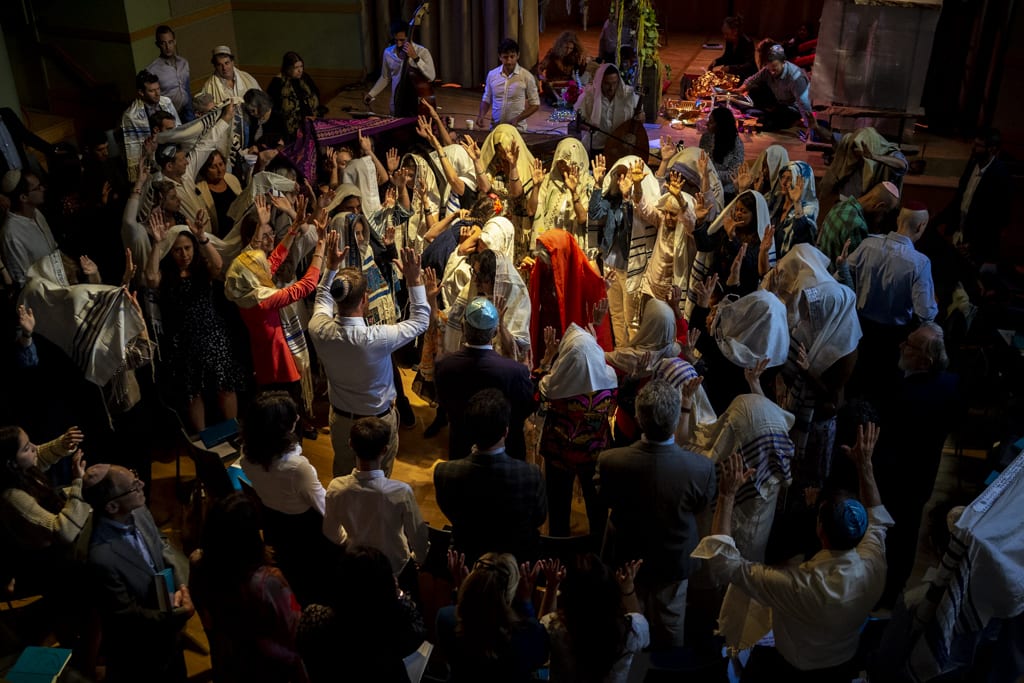
Itamar joined The New Shul (TNS) for the High Holy Days last September. I noticed his big smile below his camera, which acted as his eyes in every sense. When he presented his work on Holy Places with our community, I understood that photography was a deep and spiritual practice for Itamar, one that strives for an I-Thou understanding of self and subject. One of knowing and not knowing, learning and unlearning, growing, and staying perfectly still. His language and his window. Itamar’s photographs are wholly human—full of organic error and beauty. His lens breaths, speaks, it forgets, forgives, and seduces.
How did you find TNS? What initially attracted you to the community, and why did you stay?
I had an assignment for the International Center of Photography (ICP) to photograph religion in New York, so I reached out to Rabbi Shir Yaakov, whom I met in Auschwitz at a zen retreat, and he immediately sent me Rabbi Zach’s email. Within that five-minute introduction phone-call, he invited me to Rosh Hashanah, Yom Kippur, and the Angel Ceremony. From one assignment, I suddenly had scheduled an entire week of shooting. I realized on the phone that there was something special about this guy and, therefore, probably what I was about to experience in the rest of the community.
Coming from Israel—a place where Judaism is more black and white—I never encountered communities who redefined things and invented their own practice in such a way. There was a part of me that was against religion—or running away from it. But after seeing the community at TNS, I realized that you could choose the parts of your heritage that you take on. You can choose them and combine them with something else—literally anything and everything else—to create something new.
Your photographs with TNS are intimate and raw. Do you think that the safety of religious and spiritual spaces allows your subjects to feel more vulnerable?
Actually, it’s the opposite. I usually felt strange taking pictures in a religious space, even a modern religious space. I’ve been told before, “Listen, this is too spiritual…it’s not a good moment to take pictures.” Nobody told me something like this at TNS. Even in the beginning, when nobody knew me, I’m not sure that Rabbi Zach told anybody that I would be there, and still, everybody seemed very open to it. In looking back at the first images, I realized that in many of them, you can see people directly looking at the camera. No one is shying away or giving me an angry look expressing this is not the right time. So usually, I would say that it’s harder to photograph religious spaces and that TNS was nothing like my prior experiences. I guess it is the artistic nature of everybody there.
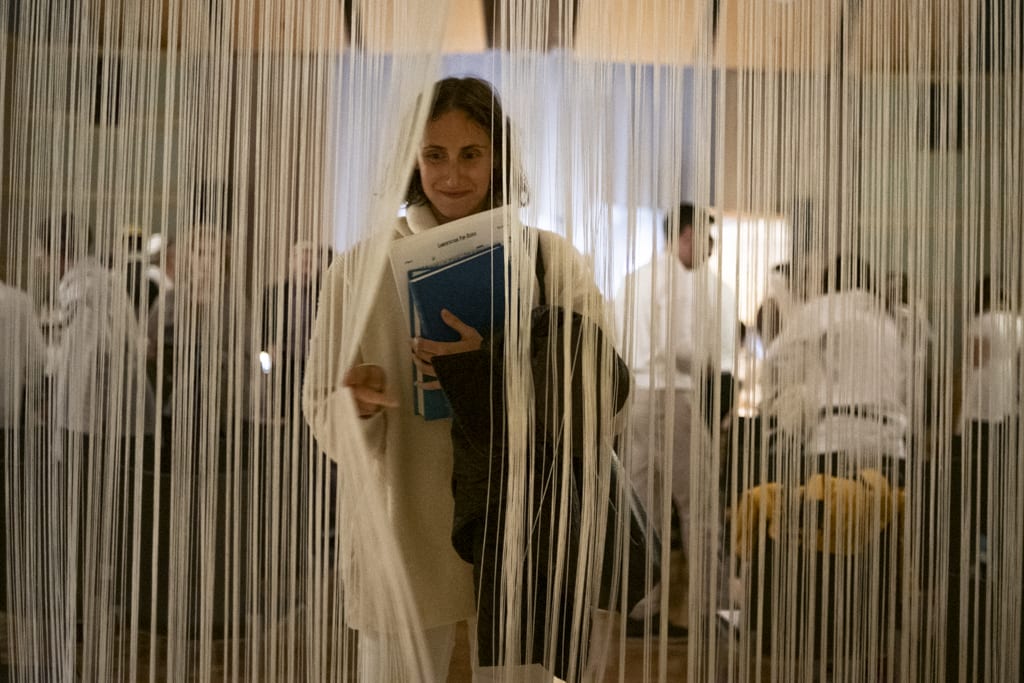
How has your experience following, photographing, and being with TNS shifted during the COVID-19 pandemic?
The obvious shift was my transition to screenshots as I couldn’t meet with people and take portraits using my lens-based camera. Quite quickly and surprisingly, TNS enthusiastically moved online. In the beginning, I was still in the mindset of using my camera, so I took pictures of the computer, but it wasn’t working. Command+Shift+3 and I didn’t have to think about my camera. When I saw something good on the screen, I could immediately capture moments, which somewhat scared me. No one should have this power, taking any image he wants, anytime, of 80 different computers, which means at least 150 people. But it was great! The community was open to it, and great images came out of it. In the beginning, I thought about it a lot, and I brought it up in class almost every week. It opened a lot of interesting ethical and philosophical discussions about image-making and the photographer’s presence. As I said before, in the gatherings, my presence was there. I have this big black camera that is very present. And all of a sudden, by using the medium of Zoom screenshots, I could allow myself to become a fly on the wall in the craziest way possible. No one is aware of your camera because it doesn’t exist.
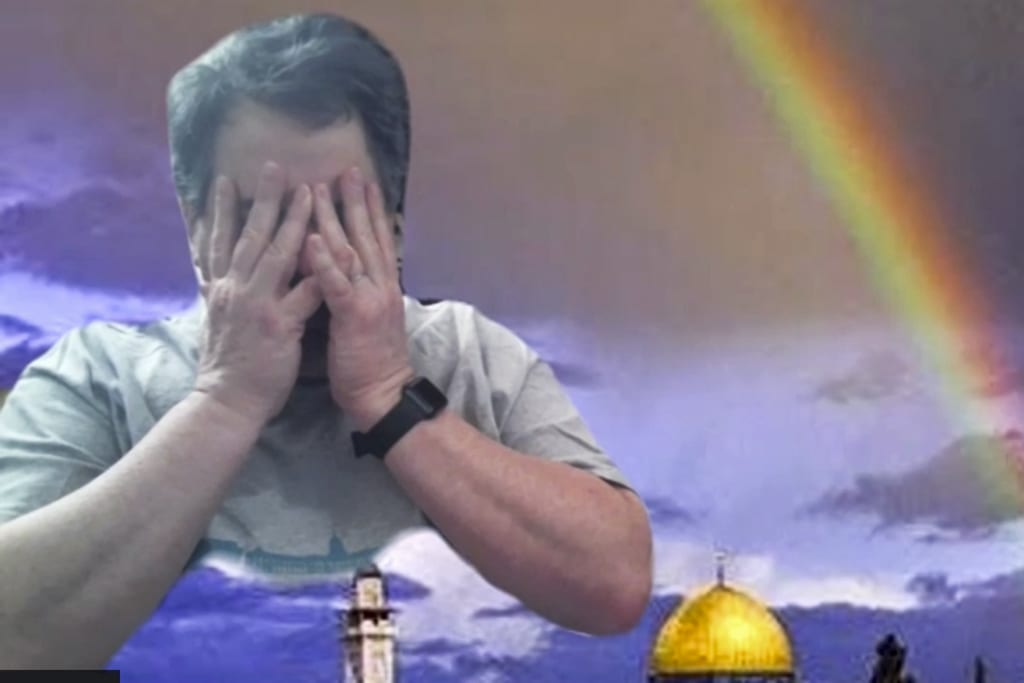
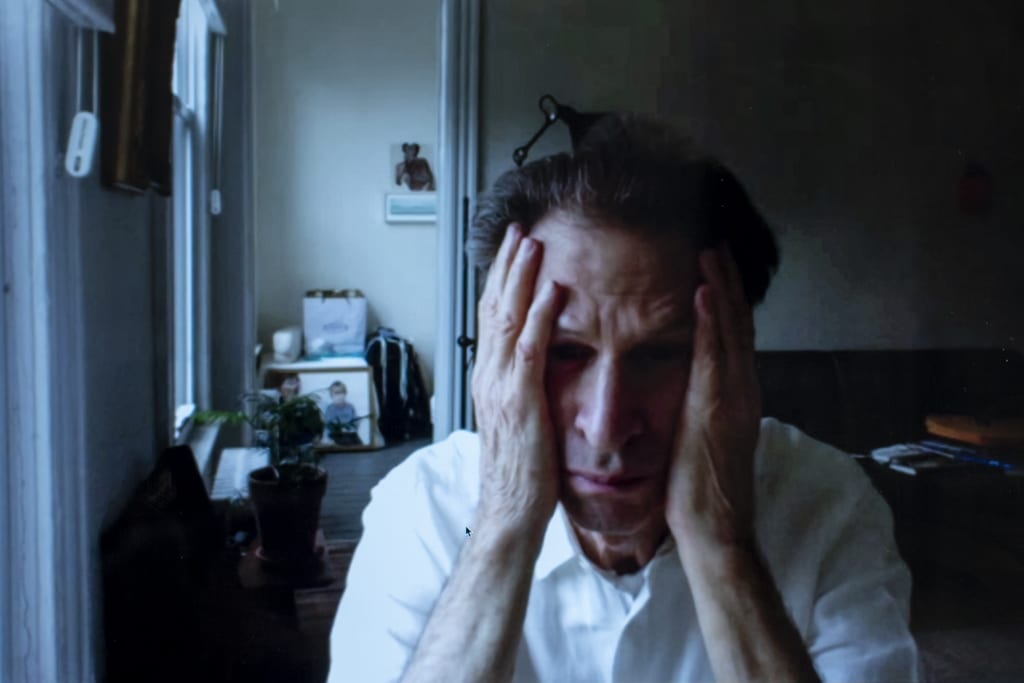
Do you see your photography and spirituality as intrinsically tethered?
Before photography, I was deep into visual art-making as a videographer and filmmaker, but my transition into photography and my own personal spiritual transition happened simultaneously. I realize that there is something about myself that leans towards chance, not making plans, and seeing how things naturally evolve. That’s also what led me to Rabbi Zach and TNS. It was always a case of chance. In photography, I found this presentation of how I personally live my life, of having this technical knowledge and understanding how it works, but still have 90% of the process and outcome out of my hands and out of my jurisdiction. And without a doubt, this is why photography is my primary form of expression at the moment because it seems the most fitting to this spiritual way of life.
My work Ma (2013-2018), which explores the Japanese concept of power and strength within nothingness/absence, is a good example of my relationship with photography and spirituality. Because with Ma, I noticed that photography as a whole is based on this nothingness, found in these in-between moments.
The cat’s tail…
Yeah…then it seemed to be like I had a chance to convey this idea of Ma using imagery.
Do you plan on continuing your work with TNS?
The project with TNS is not done, and I am very interested to see what comes out of the COVID-19 pandemic and the High Holy Days, especially now with the new rabbi [Misha] coming in, which is exciting. If he were more of the same, then maybe I wouldn’t be as interested, but it’s a very different energy from Rabbi Zach. I am very interested to see that and photograph it. There is a third chapter to be told, but it depends on my basic ability to be in New York, which I hope will happen.
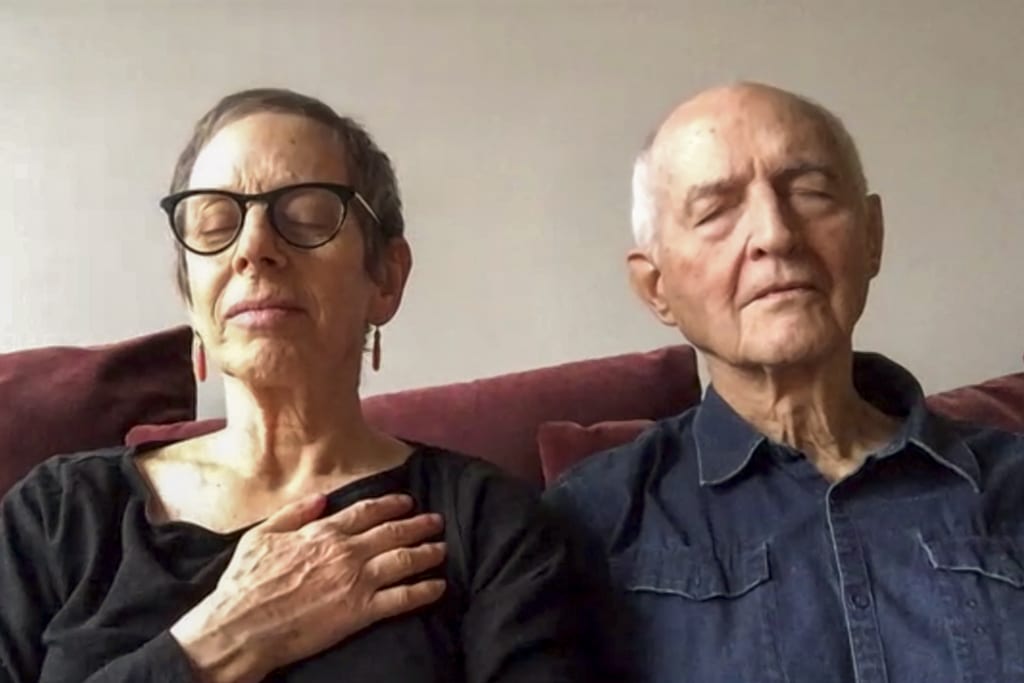
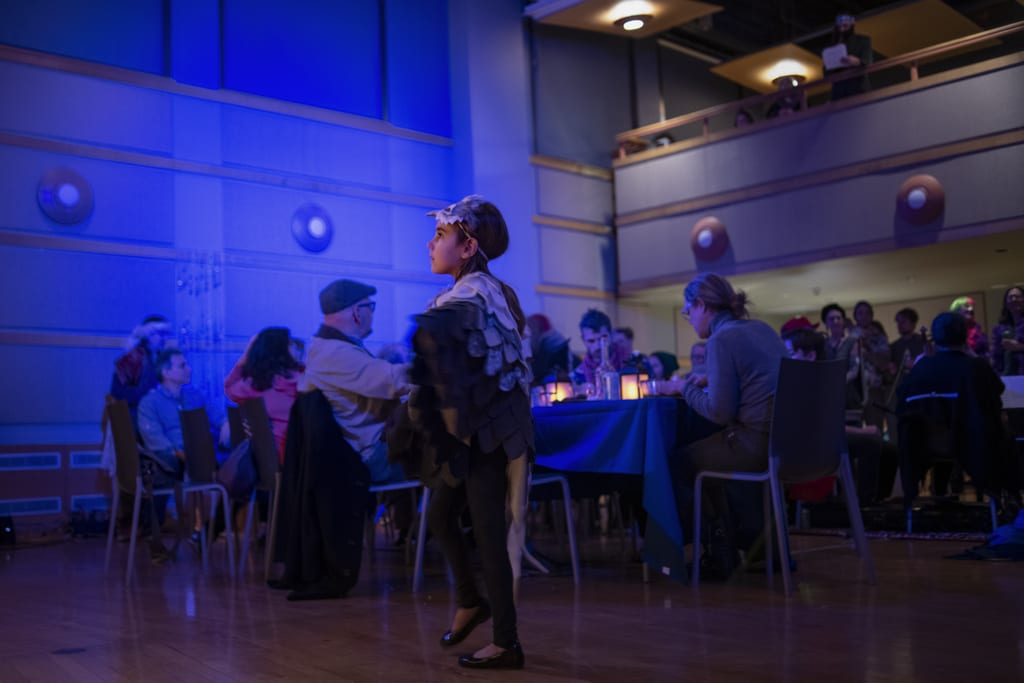
There is a lot of research involved. Do you think you may point your lens at home and self again if you aren’t able to travel?
I’m sure even without the pandemic, I’ll have to at some point. I definitely want to do some work about the Palestinian / Israeli conflict. Either in the West Bank or if I’m able in Gaza. But I’m not sure what will be my take or angle, or the thing that interests me most about it, but I think it is important as a photographer and an Israeli to go through that at some point. So that will happen, and if COVID keeps me here, it will probably happen sooner than expected.
There is a huge difference between the TNS, Ma, and Self-portrait projects. However, at the end of the day, they teach me something about myself, and I hope my photography also continues to do that for my audience.
About the artist
Itamar Dotan Katz was born in 1990 in Jerusalem, Israel
He grew up in a suburb of Tel-Aviv to a family of academics. In high school, he began his journey with the visual arts, studying filmmaking, and directing short films. After he finished his military service as an NCO in the Israeli Army, he continued his education in filmmaking and philosophy at the Tel-Aviv University.
While developing his career as a bartender and hospitality expert, which allowed him to travel worldwide, including India, Sri Lanka, China, Thailand, Canda, the US, Central America, Western & Eastern Europe, Turkey, Egypt, Jordan, Kenya, and Tanzania. He also worked as a videographer and producer for a music related video company and as a ski instructor.
His work ‘Vacated’ won a Grand Prize Award in the PDN EDU contest of 2020 and was selected to the Life Framer Collection.
He graduated from the International Center of Photography’s Creative Practices Program in New York City, class of 2019, with the director’s scholarship and the Photojournalism and Documentary Program, class of 2020.

